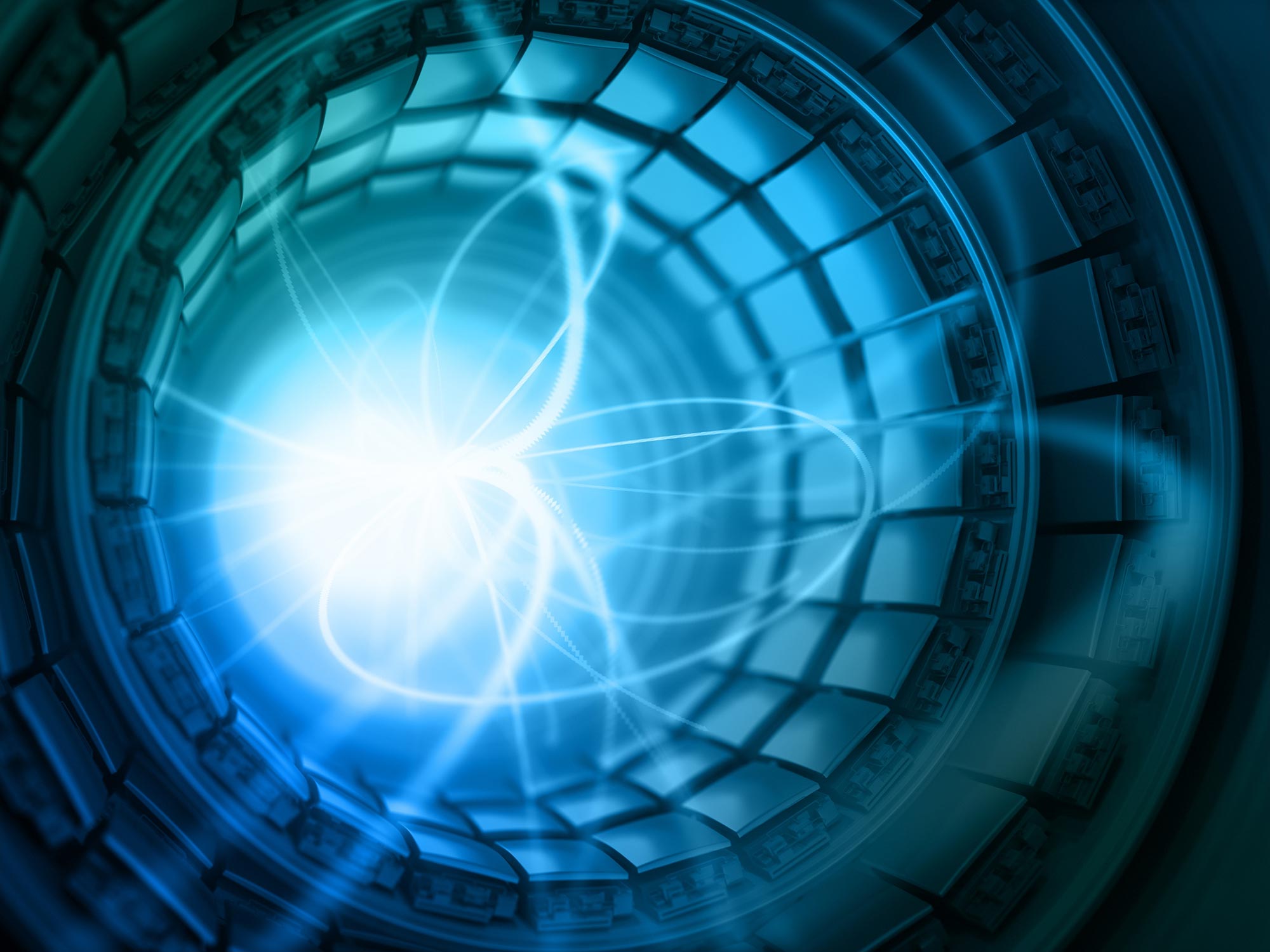
The UCI-led FASER team used a smaller detector of the same type in 2018 to make the first observations of the elusive particles generated at a collider.
The new instrument will be able to detect thousands of neutrino interactions over the next three years, the researchers say.
“Second, our efforts demonstrated the effectiveness of using an emulsion detector to observe these kinds of neutrino interactions.”.
During particle collisions at the LHC, some of the neutrinos produced smash into nuclei in the dense metals, creating particles that travel through the emulsion layers and create marks that are visible following processing.
The FASER researchers were likewise able to see neutrino interactions after removing and developing the detector’s emulsion layers.
“Having verified the effectiveness of the emulsion detector approach for observing the interactions of neutrinos produced at a particle collider, the FASER team is now preparing a new series of experiments with a full instrument that’s much larger and significantly more sensitive,” Feng said.According to Jonathan Feng, UCI Distinguished Professor of physics & astronomy and co-leader of the FASER Collaboration, this is a good location for detecting neutrinos that result from particle collisions at the facility.
With the success of their neutrino work over the past few years, the FASER team – consisting of 76 physicists from 21 institutions in nine countries – is combining a new emulsion detector with the FASER apparatus.While the pilot detector weighed about 64 pounds, the FASERnu instrument will be more than 2,400 pounds, and it will be much more reactive and able to differentiate among neutrino varieties.
“Given the power of our new detector and its prime location at CERN, we expect to be able to record more than 10,000 neutrino interactions in the next run of the LHC, beginning in 2022,” said co-author David Casper, FASER project co-leader and associate professor of physics & astronomy at UCI.Casper said that there have only been about 10 observations of tau neutrinos in all of human history but that he expects his team will be able to double or triple that number over the next three years.
November 25, 2021November 25, 2021